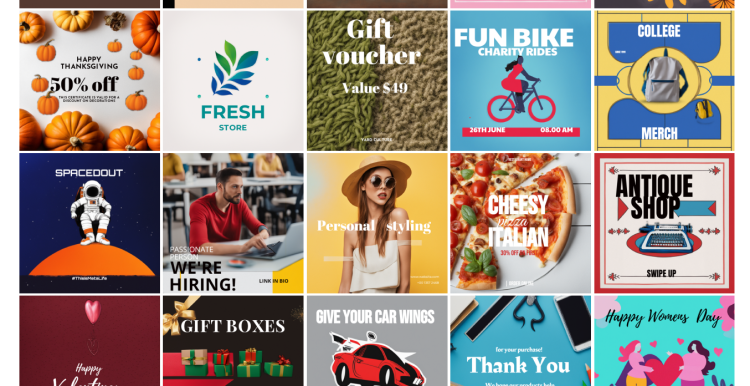Graphic designers and those who rely upon them take note: a new tool called COLE has emerged that could potentially revolutionize the profession. In honor of Henry Cole, the creator of the first graphical Christmas card in 1843, COLE allows users to input a graphic design project idea and have an AI generate both the image and the accompanying text. Developed by a team of researchers at Microsoft Research Asia and Peking University, COLE combines various AI models, including Meta’s Llama2-13B, DeepFloyd IF, LLaVA1.5-13B, and GPT-4V, along with the open-source graphics renderer Skia. The researchers trained COLE on 100,000 high-quality raw graphic design images from the internet, making it a powerful framework for producing stunning designs.
Effortless Graphic Design Generation
The results obtained from training and combining different AI products for graphic design are remarkable. COLE can generate crisp and organized graphic designs by simply typing in text prompts. It effectively combines visuals with stylized text, a challenging task for most AI art generators. Additionally, COLE produces images with editable blocks for texts and objects, allowing users to make modifications within the framework itself. This eliminates the need to export and revise designs in external programs like Adobe Photoshop or InDesign.
As the researchers describe this system in a recently published paper on arXiv, COLE signifies a scalable, high-quality graphic design generation system that demands minimal effort from users. It produces accurate and high-quality typography for various purposes, offers a flexible editing space, and achieves a level of quality comparable to the latest DALL·E 3 by OpenAI.
The Future of COLE
COLE has been extensively tested on 200 different graphic design projects, demonstrating its superiority in generating covers, headers, posters, and other marketing materials. However, there are certain limitations to the current version of COLE. Users cannot rearrange the typography block or include multiple typography block placements, and only one color of typography per image is allowed. Nevertheless, the researchers acknowledge these issues and intend to address them in future work.
While COLE may seem like a threat to graphic designers, the researchers designed it to incorporate human expertise. The tool allows users to refine and further enhance the generated output, implying that graphic design training is still valuable in maximizing the AI framework’s potential. COLE enables both trained professionals and individuals without design expertise to create high-quality designs. Therefore, it can be seen as either a threat or a complementary feature to existing graphic design tools like Adobe and Canva.
Although COLE is not yet publicly available, the researchers have announced that a demo will be released soon on their Github project webpage.










